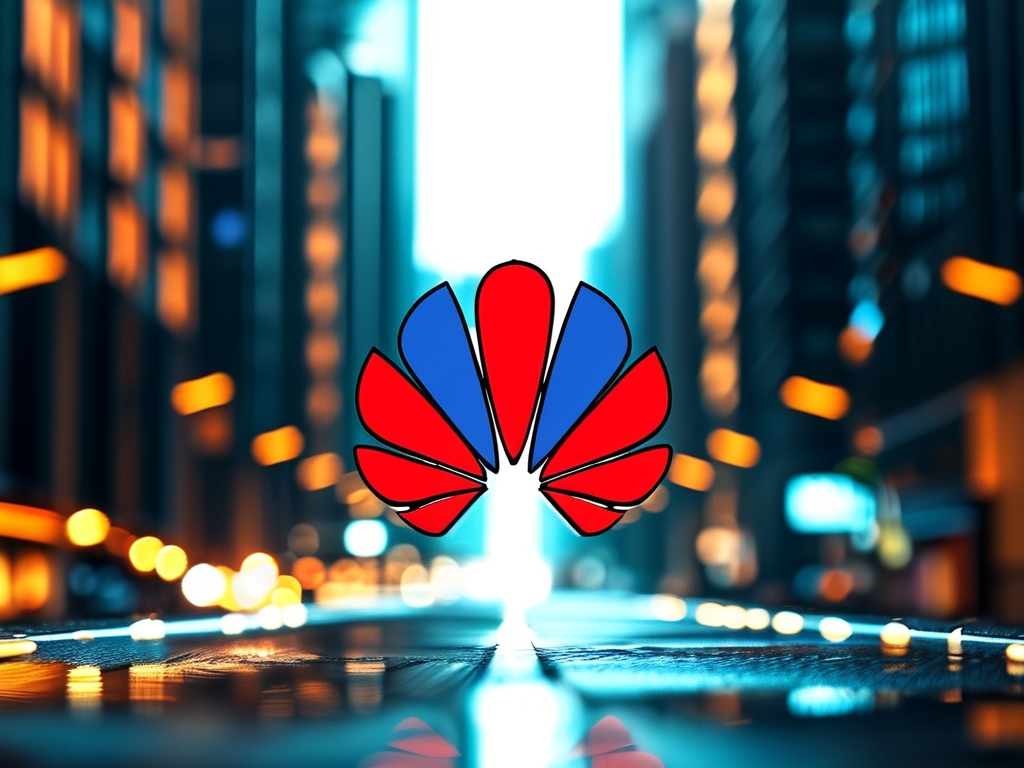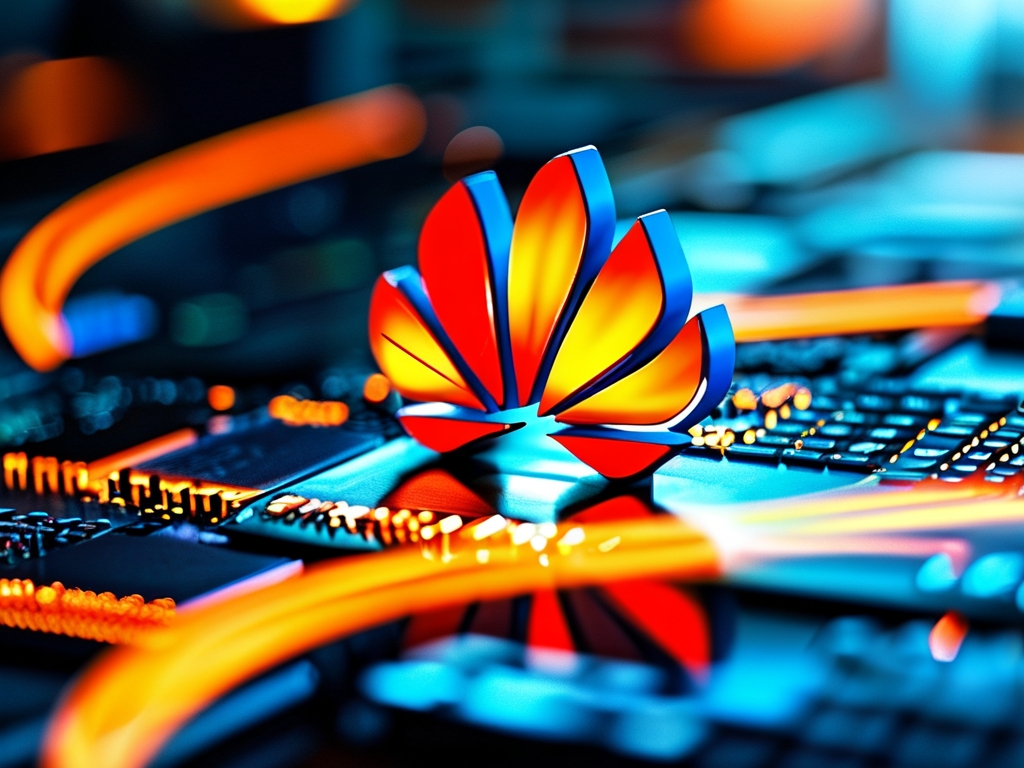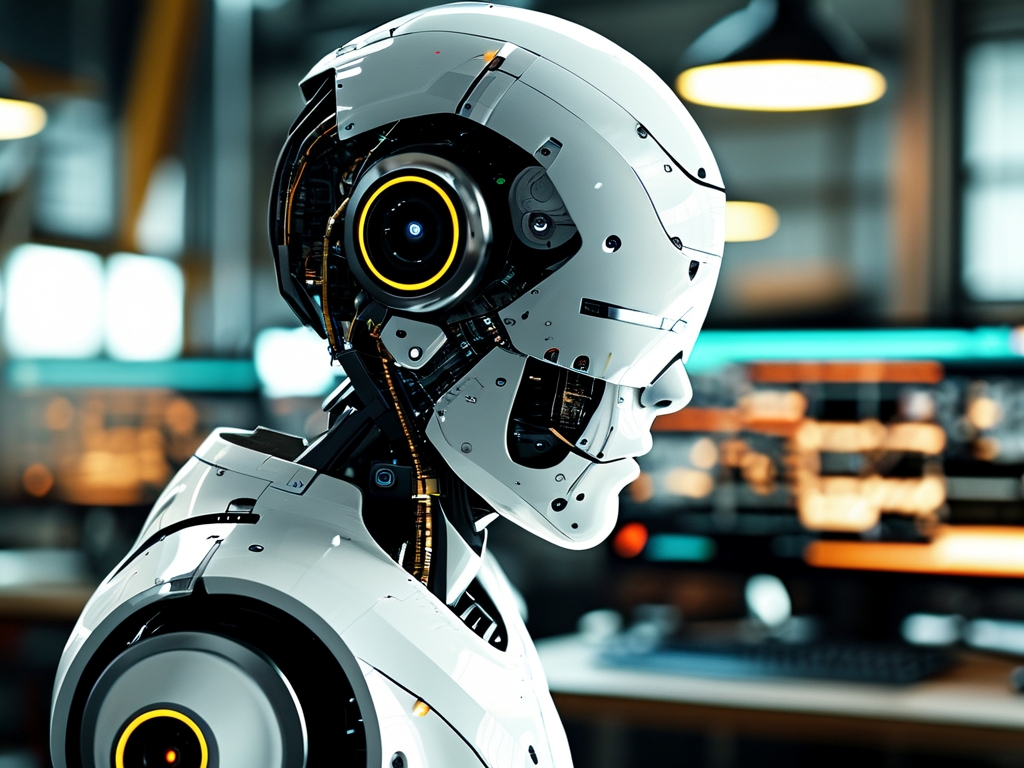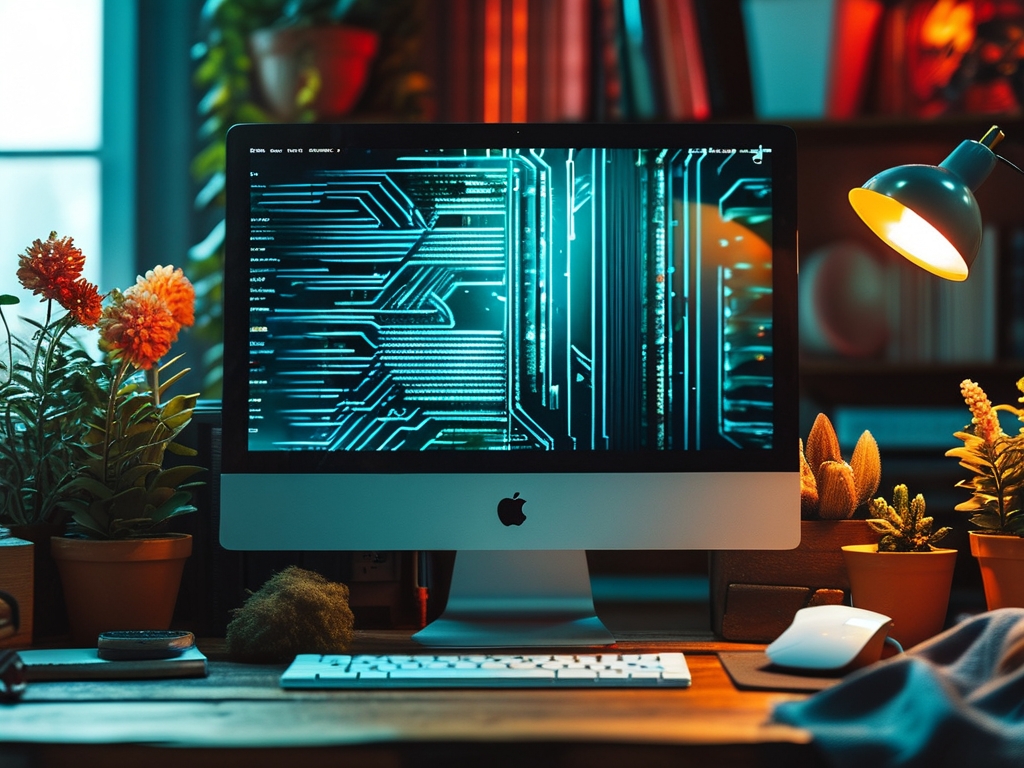In the rapidly evolving landscape of technology, the role of interaction design has become pivotal in bridging human needs with digital innovation. At Huawei, a global leader in telecommunications and consumer electronics, the Chief Interaction Designer stands at the forefront of this transformation, orchestrating experiences that redefine how billions interact with technology. This article explores the responsibilities, challenges, and visionary contributions of Huawei’s Chief Interaction Designer, shedding light on their impact on product ecosystems and the broader tech industry.
The Evolution of Interaction Design at Huawei
Huawei’s journey in interaction design mirrors its ascent as a tech powerhouse. Initially focused on hardware engineering, the company recognized early that seamless user experiences would differentiate its products in competitive markets. The creation of the Chief Interaction Designer role in the late 2010s marked a strategic shift toward human-centric innovation. Today, this position oversees a multidisciplinary team of designers, psychologists, and engineers, ensuring that every touchpoint—from smartphone interfaces to IoT ecosystems—aligns with intuitive usability and emotional resonance.

The current Chief Interaction Designer, whose identity often remains intentionally low-profile to emphasize team collaboration, has been instrumental in integrating Eastern and Western design philosophies. By blending minimalist aesthetics with culturally nuanced interactions, Huawei’s products appeal to global audiences while retaining localized relevance. For instance, the EMUI (now HarmonyOS) interface redesign prioritized gesture-based navigation and AI-driven personalization, directly addressing pain points in crowded app environments.
Core Responsibilities: Beyond Pixels and Prototypes
Unlike conventional design roles, Huawei’s Chief Interaction Designer operates at the intersection of technology, business strategy, and human behavior. Key responsibilities include:
- Cross-Platform Cohesion: Ensuring consistent experiences across smartphones, wearables, smart home devices, and enterprise solutions. This requires harmonizing design languages while accommodating hardware-specific constraints.
- AI Integration: Leading the incorporation of machine learning into user interfaces, such as predictive text input, context-aware settings, and adaptive accessibility features.
- Ethical Design Advocacy: Balancing innovation with privacy concerns, particularly in markets wary of data collection practices. Huawei’s “Privacy by Design” framework, championed by the Chief Designer, has become a industry benchmark.
- Future-Proofing Interfaces: Anticipating trends like foldable screens, AR glasses, and brain-computer interfaces through rapid prototyping labs.
A notable achievement under this leadership is Huawei’s “Seamless Life” initiative, which allows users to transition tasks between devices without interruption. For example, a navigation route started on a smartphone automatically appears on a connected smartwatch when the user leaves their car—a feat requiring meticulous interaction choreography.
Challenges in a Geopolitical Spotlight
Huawei’s Chief Interaction Designer navigates unique challenges beyond typical design hurdles. The company’s position in U.S.-China tech tensions has intensified scrutiny over software security and data handling. In response, the design team has pioneered “transparent interaction” principles, where users receive real-time visual feedback about data usage and permissions. This approach not only builds trust but also educates consumers about digital literacy—a subtle yet powerful brand differentiator.

Moreover, sanctions limiting access to Google Mobile Services forced Huawei to reimagine app ecosystems from scratch. The Chief Designer spearheaded the development of Huawei Mobile Services (HMS), focusing on developer-friendly APIs and localized app partnerships. The result? A 580% year-on-year growth in HMS app integrations by 2023, proving that constraints can fuel creativity.
Redefining Industry Standards
Huawei’s interaction design breakthroughs have sent ripples across the tech world. The “Distributed Technology” framework, which allows apps to run across multiple devices simultaneously, challenges Apple’s walled-garden approach. Meanwhile, innovations like “Eye Comfort 2.0”—a dynamic blue light adjustment system validated by TÜV Rheinland—demonstrate how interaction design can prioritize long-term user well-being.
Collaborations with Porsche Design and Leica cameras further illustrate the Chief Designer’s strategy: merging technical excellence with aspirational storytelling. The Mate series’ camera interface, for instance, mimics professional DSLR controls while offering AI-guided tutorials—a masterclass in empowering novice users without overwhelming them.
The Road Ahead: Interaction Design in the 6G Era
As Huawei invests heavily in 6G research and quantum computing, the Chief Interaction Designer is already prototyping interfaces for technologies that don’t yet exist. Concepts in development include:
- Holographic Workstations: Using light field displays to create 3D design environments controllable through gaze and micro-gestures.
- Neuro-Inclusive Design: Adapting interfaces in real-time based on EEG readings from wearable sensors, benefiting users with motor impairments.
- Sustainable Interaction: Reducing digital carbon footprints via “energy-aware” UI elements that dim or simplify animations when battery levels are low.
: Crafting Humanity’s Digital Future
Huawei’s Chief Interaction Designer embodies a new archetype of tech leadership—one where empathy and engineering prowess converge. By treating every swipe, tap, and voice command as an opportunity to deepen human-machine symbiosis, this role transcends traditional design boundaries. In an age where technology often faces criticism for isolating users, Huawei’s vision—orchestrated by its Chief Interaction Designer—offers a compelling counter-narrative: interfaces that don’t just serve people but truly understand them.
As the company continues to innovate under complex global dynamics, the principles established by its design leadership will likely influence not just consumer gadgets but the very fabric of how societies interact with technology. The ultimate legacy may well be a world where digital experiences feel less like using tools and more like conversing with a thoughtful partner—an ambition as revolutionary as Huawei’s rise itself.







